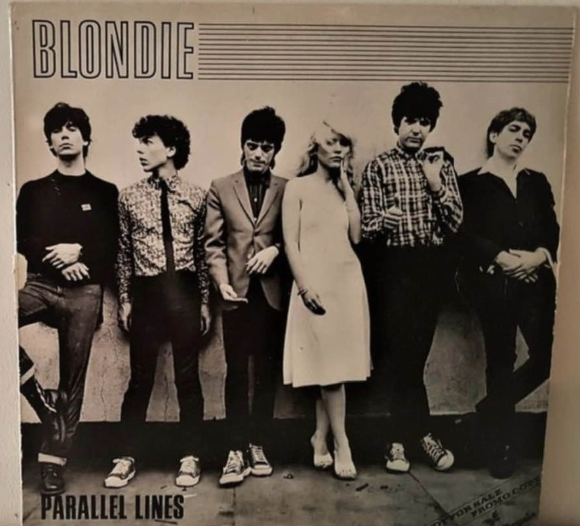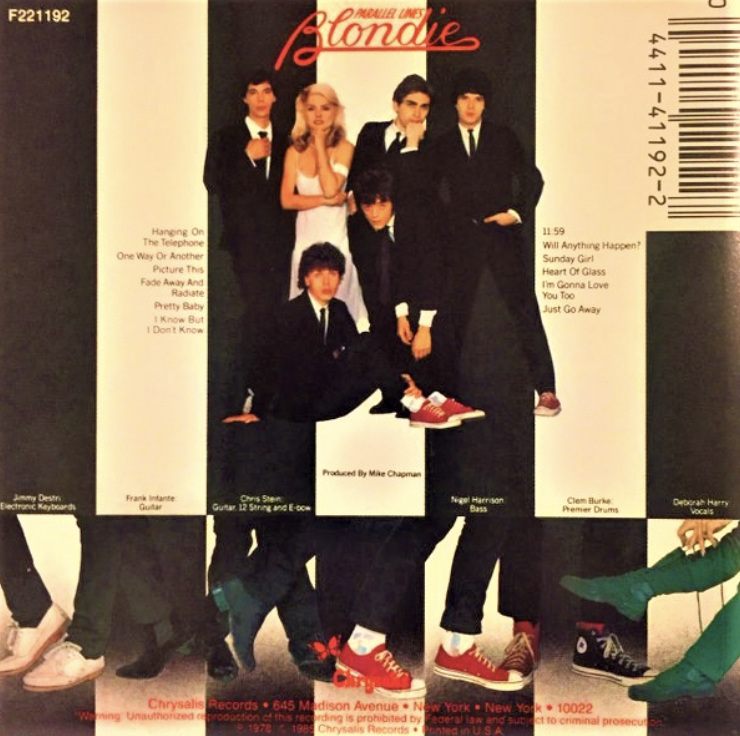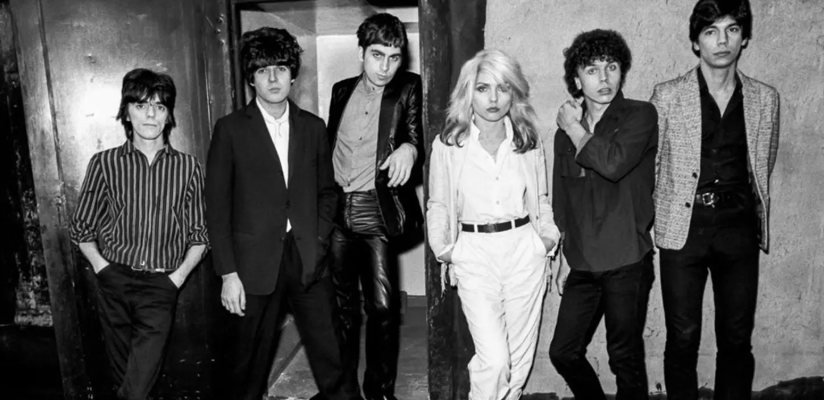Blondie’s Parallel Lines Almost Never Made It to the Public—and the Real Reason Behind It is Absolutely Shocking

Image: Getty Images
Released in 1978, Blondie’s album “Parallel Lines” quickly evolved from an ambitious project into a monumental success, transforming the band from underground new wave artists into global pop icons. Interestingly, the road to its release was fraught with challenges, and many fans may not realize how close the album came to being shelved for good. This article explores the unexpected obstacles that nearly derailed “Parallel Lines” and reveals the shocking truths behind its eventual success.

Image: Getty Images
The Studio Chaos That Nearly Stopped the Album
One of the primary reasons “Parallel Lines” came close to not seeing the light of day was the chaos in the studio during the recording sessions. Producer Mike Chapman faced mounting tension within the band that threatened to derail the project. Musicianship issues arose as band members struggled to communicate effectively, leading to frustrating moments—one particularly memorable incident involved a synthesizer being tossed in anger.

Image: Getty Images
Debbie Harry, the band’s charismatic lead singer, was often preoccupied, leading to concerns about her commitment to the project. Chapman’s unique ability to harness the band’s chaotic energy and refine it into a polished sound ultimately played a pivotal role in bringing the album to fruition. Despite the hurdles, Chapman’s expertise ensured that “Parallel Lines” emerged as an innovative blend of punk, new wave, and pop sensibilities.

Image: Getty Images
“Heart of Glass” Was Almost Abandoned
One of the album’s standout tracks, “Heart of Glass,” almost didn’t make it onto the record at all. Initially conceived as a reggae-infused piece titled “Once I Had a Love,” the band was hesitant to pivot to a disco-inspired version, as suggested by Chapman. This change was not welcomed by all within the group, and fears of backlash from their rock-driven fanbase loomed large.

Image: Getty Images
In spite of these reservations, the transformation of “Heart of Glass” into a disco anthem became a defining moment for Blondie. It was a bold move that showcased the band’s versatility and willingness to experiment with their sound. Initially viewed by some as a betrayal of rock music, the song ultimately became one of their most iconic hits, demonstrating how creative risks can result in incredible rewards.
The Secret Ingredient: Robert Fripp’s Contribution
Another fascinating yet lesser-known aspect of “Parallel Lines” involves the surprise collaboration with legendary guitarist Robert Fripp of King Crimson fame. Fripp contributed his distinctive guitar work to the track “Fade Away and Radiate,” a passionate and timeless song that many listeners may not realize features his skilled improvisation. His contribution was recorded in just one take, adding an unexpected touch that further elevated the album’s production.

Image: Getty Images
This behind-the-scenes moment is a testament to the connections forged in the music industry, as well as the unexpected collaborations that can result in masterpieces. With Fripp’s influence, “Fade Away and Radiate” became a resonant work that showcased the essence of Blondie while incorporating an element of rock sophistication.
The Inspiration Behind “One Way or Another”
Despite its upbeat melody, “One Way or Another” carries a dark undertone rooted in Debbie Harry’s real-life experiences. The song’s lyrics were inspired by a stalker who had been relentlessly pursuing her. This personal connection imbues the track with a sense of urgency and empowerment, as Harry cleverly infuses dark humor into an otherwise unsettling situation. The combination of catchy rhythms and serious subject matter transformed fear into a vibrant anthem that resonated with many fans.

Image: Getty Images
The dynamic nature of “One Way or Another” highlights Blondie’s innovative songwriting approach, where personal experiences are reframed into anthemic beats. It’s a clear representation of how vulnerability can serve as rich material for compelling music, and this relatability has cemented the song as a timeless classic in the band’s repertoire.
The Iconic Album Cover Was Not Their Choice
Blondie’s iconic black-and-white album cover, featuring the band dressed in suits with Debbie Harry standing out in a striking white dress, was actually chosen against the band’s wishes. Their manager insisted on this visually compelling layout, which initially faced criticism from the band. Ironically, the cover has since become one of the most recognizable images in rock history, solidifying the visual identity of the album.

Image: Getty Images
Additionally, the title “Parallel Lines” was derived from an unused song written by Harry, and while she found the cover clichéd at the time, it ended up perfectly encapsulating the album’s blend of styles and influence. The striking imagery juxtaposed with the diverse musical content not only captured attention but also became an integral aspect of Blondie’s branding as they transitioned into the realm of mainstream success.

Image: Getty Images
In retrospect, “Parallel Lines” stands as a landmark achievement that not only catapulted Blondie into superstardom but also serves as a shining example of the unpredictable nature of the creative process. From studio chaos to influential collaborations, the backstory of this album is filled with surprising twists.
If you’re intrigued by the journey of “Parallel Lines” and want to learn more about the history of this iconic band, dive deeper into their discography or explore live performances that continue to captivate audiences. Discover more about Blondie’s remarkable impact on music and culture today!